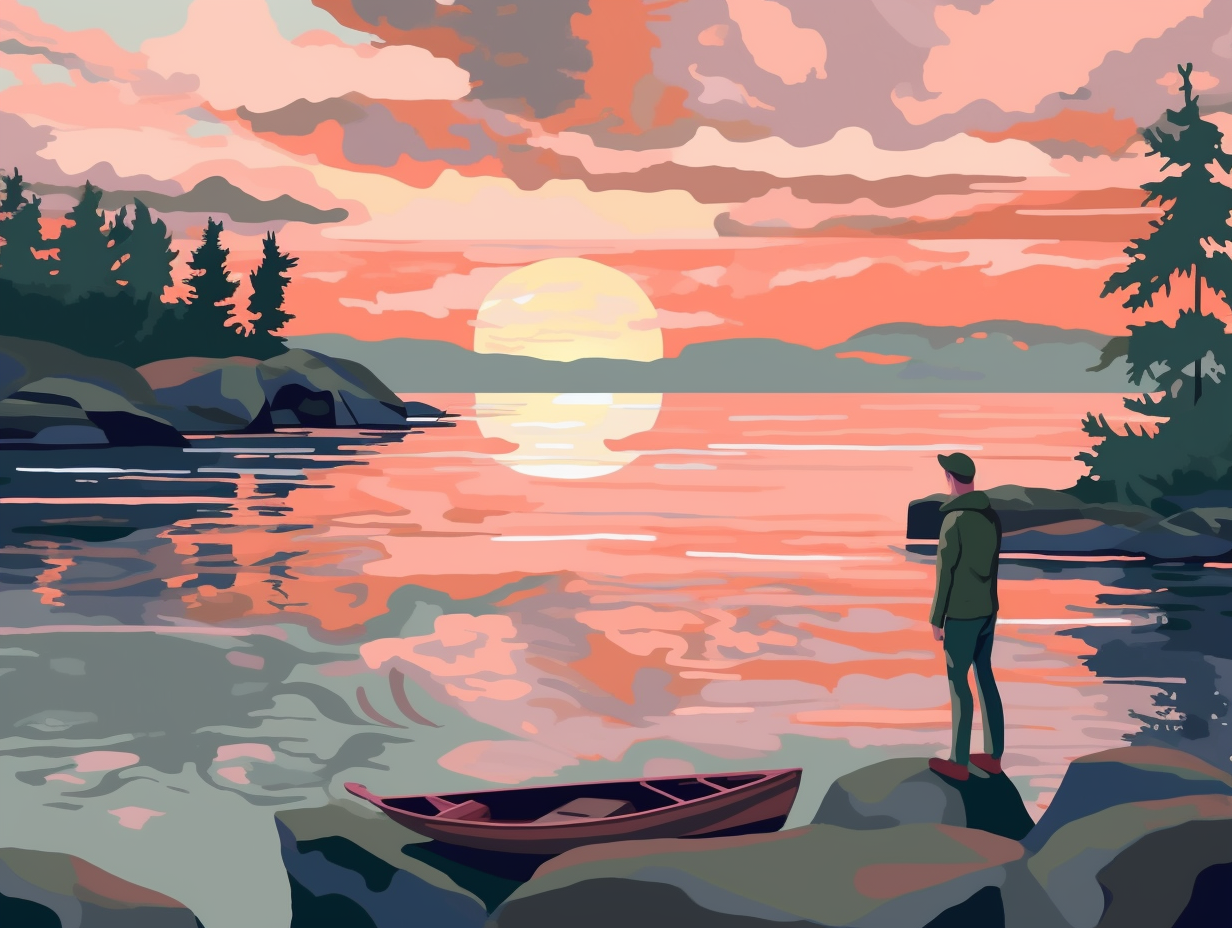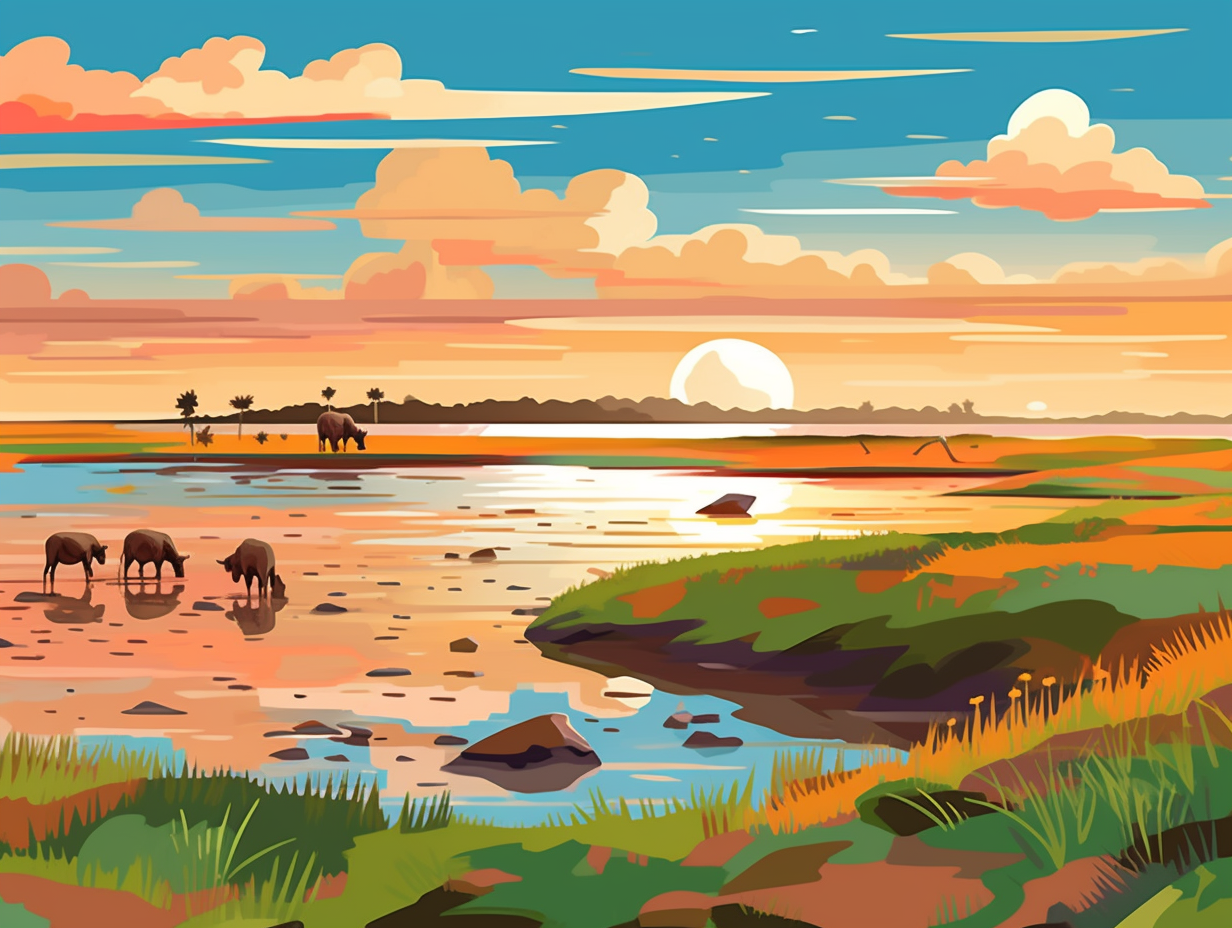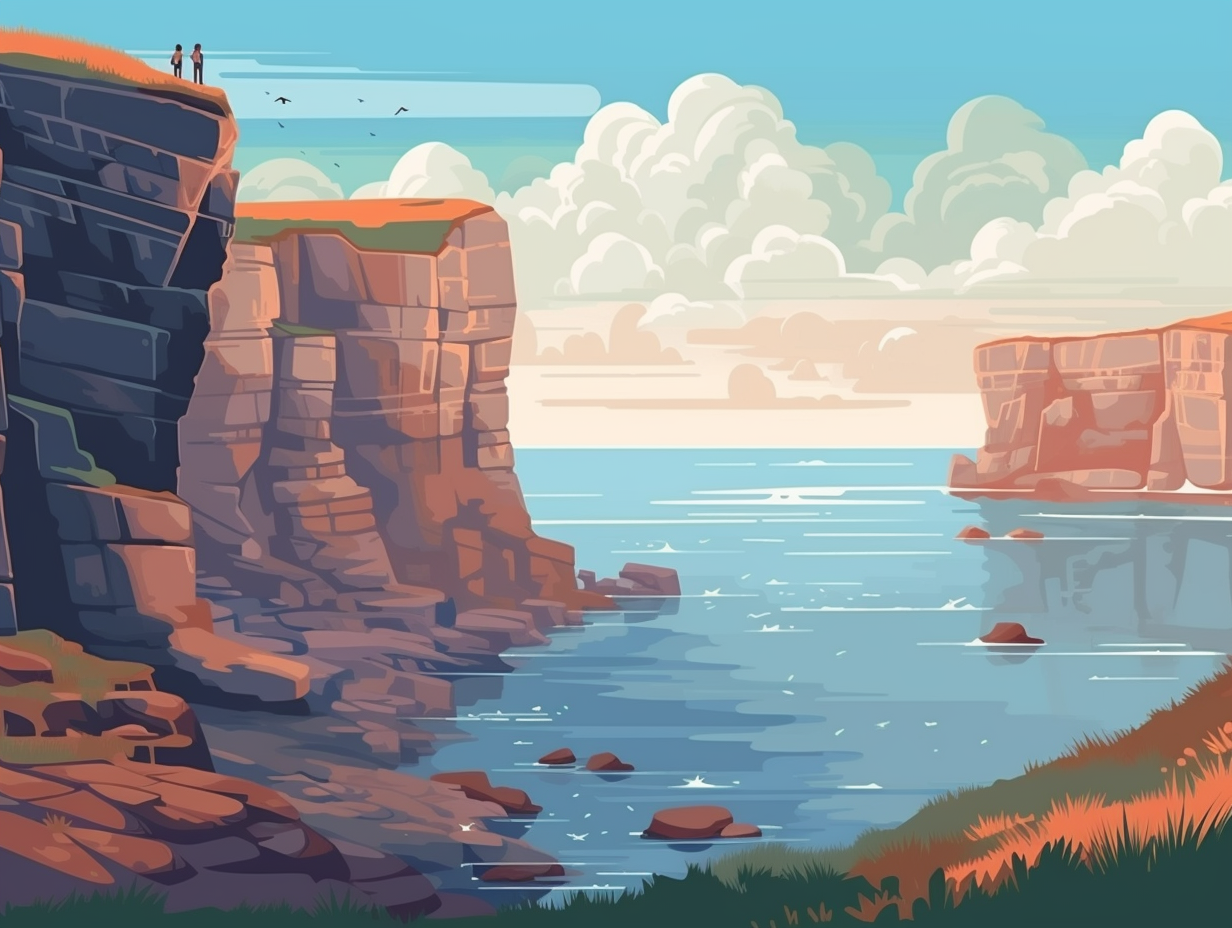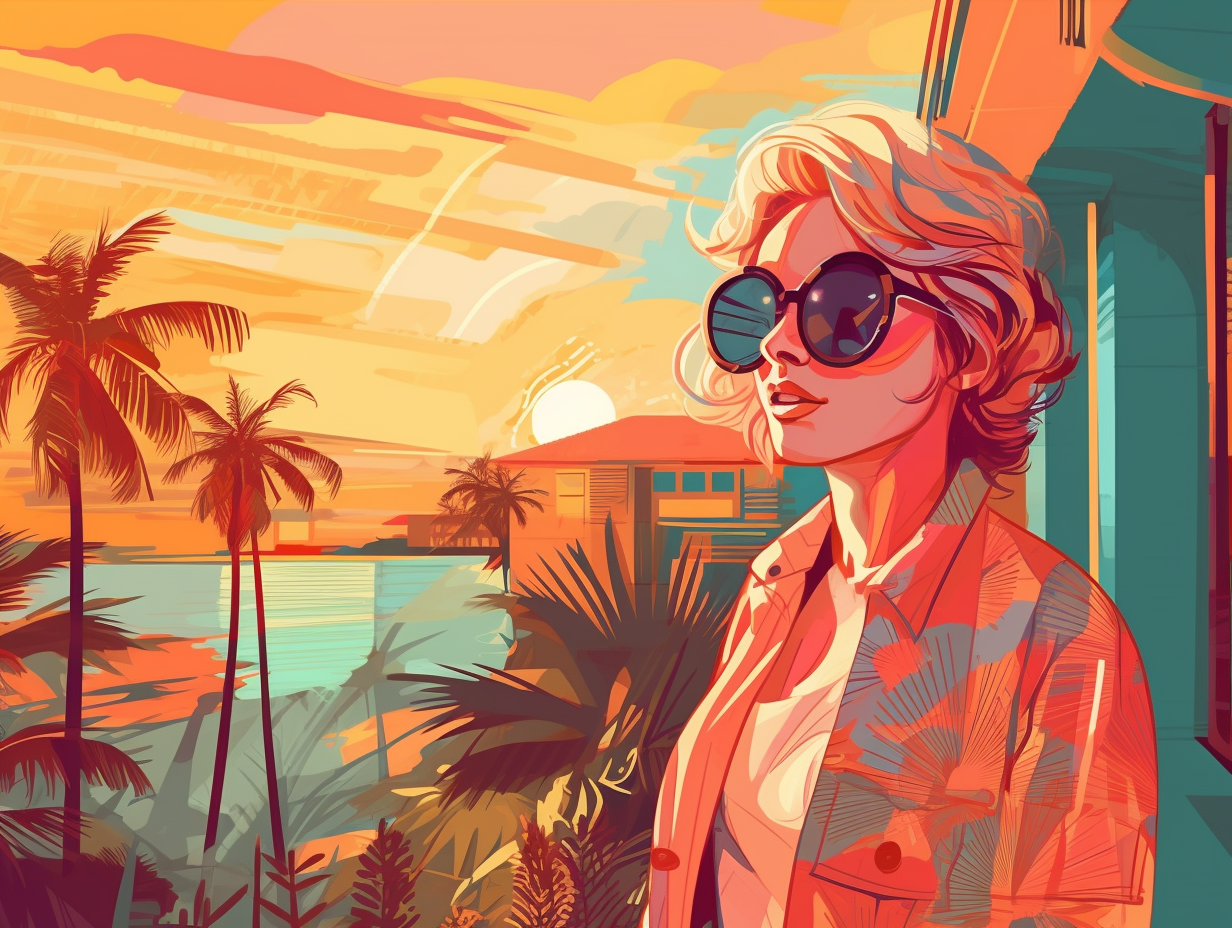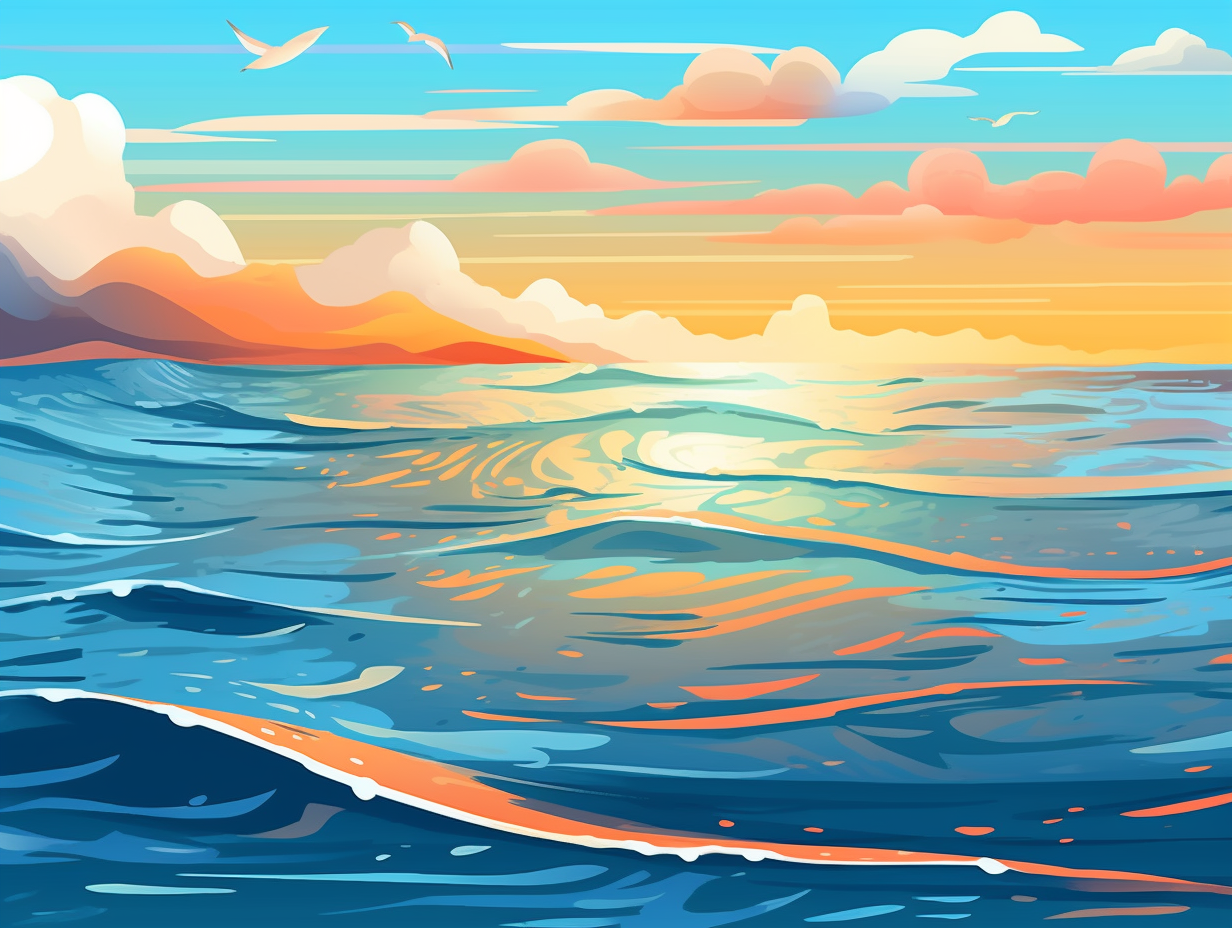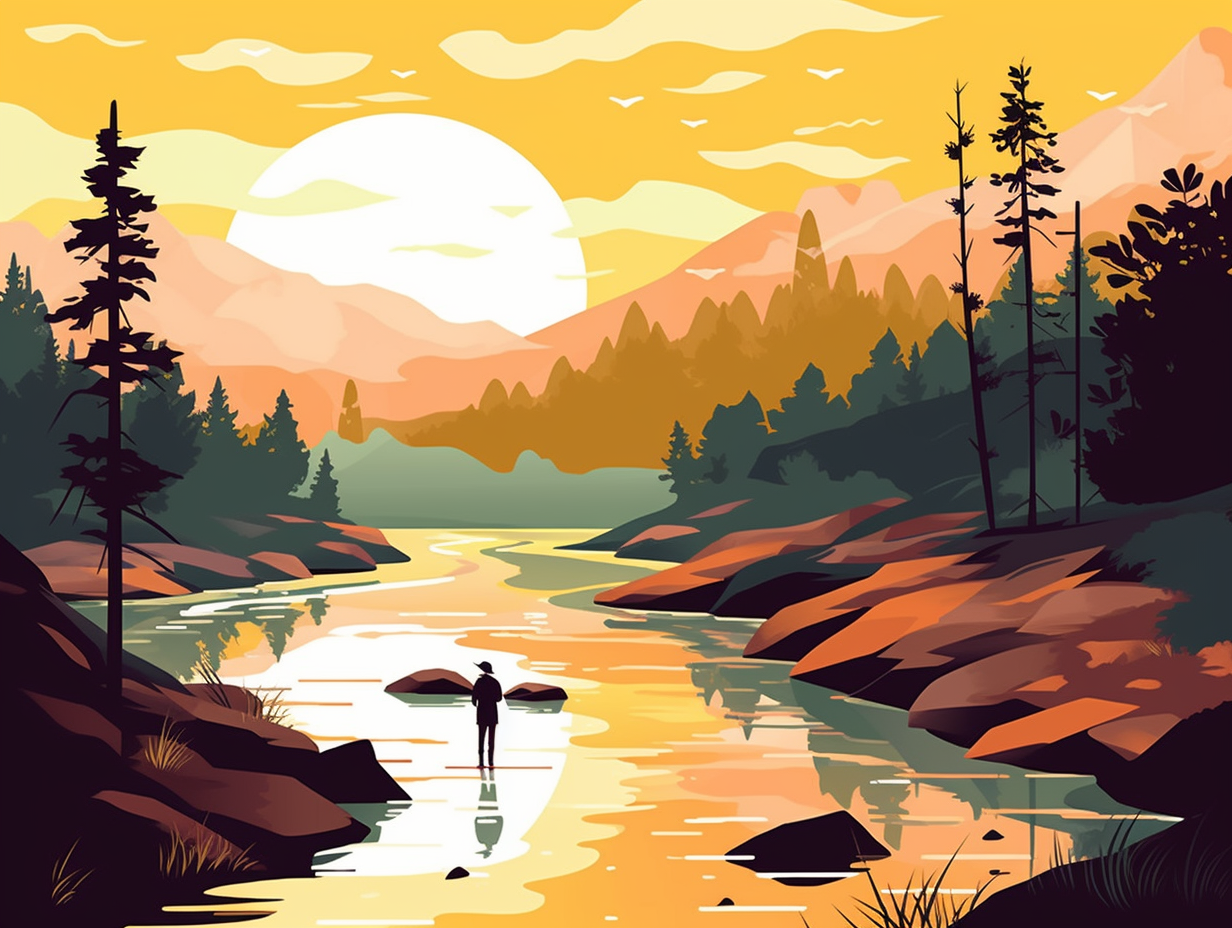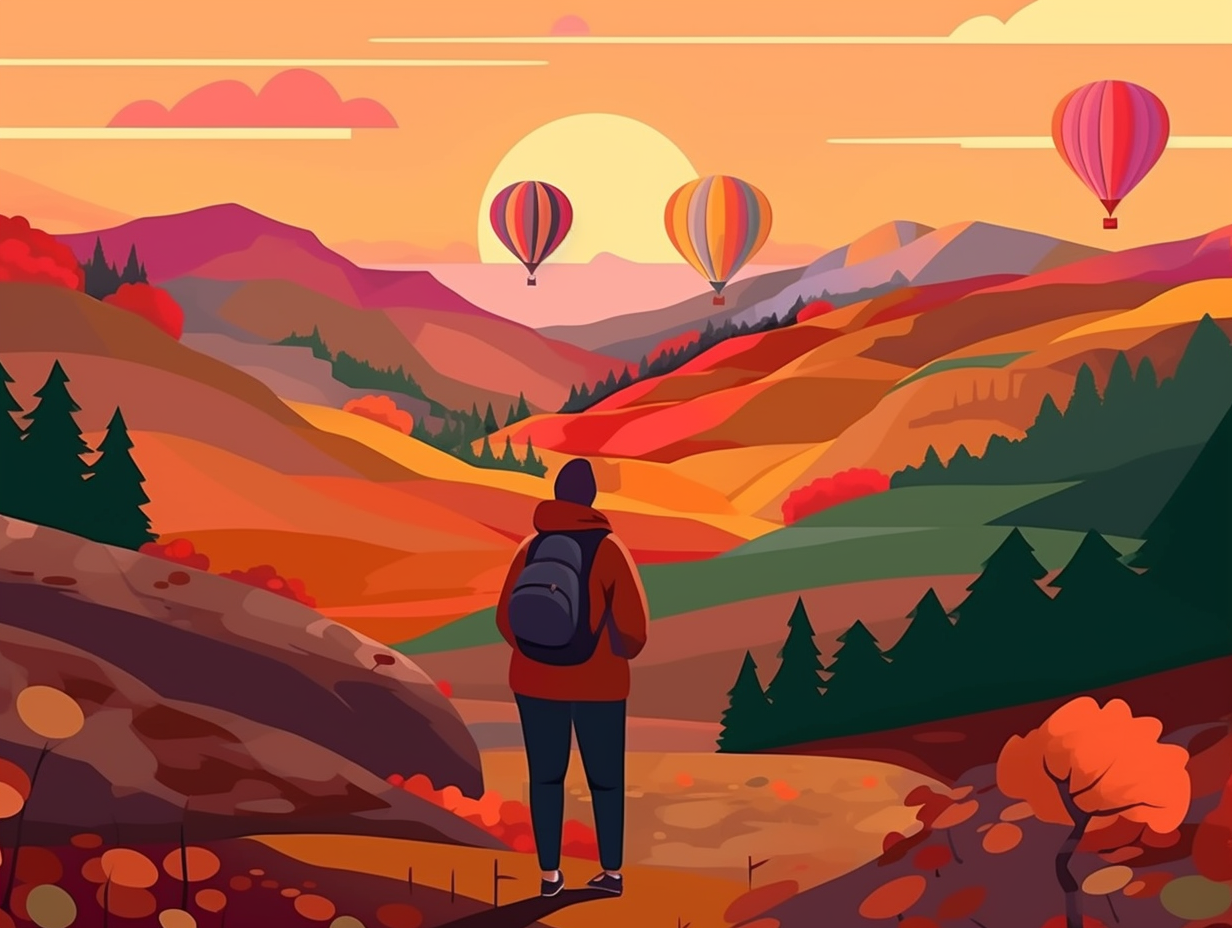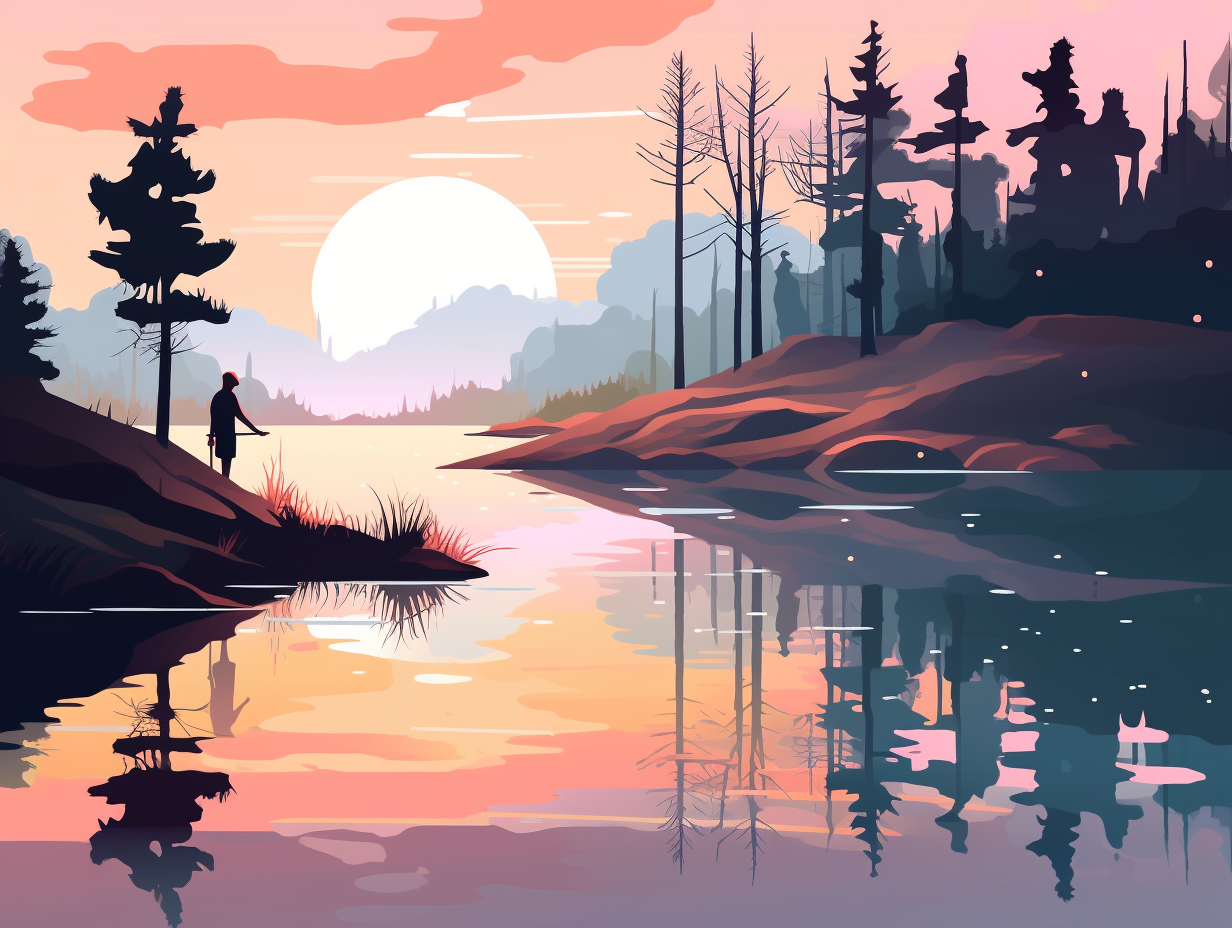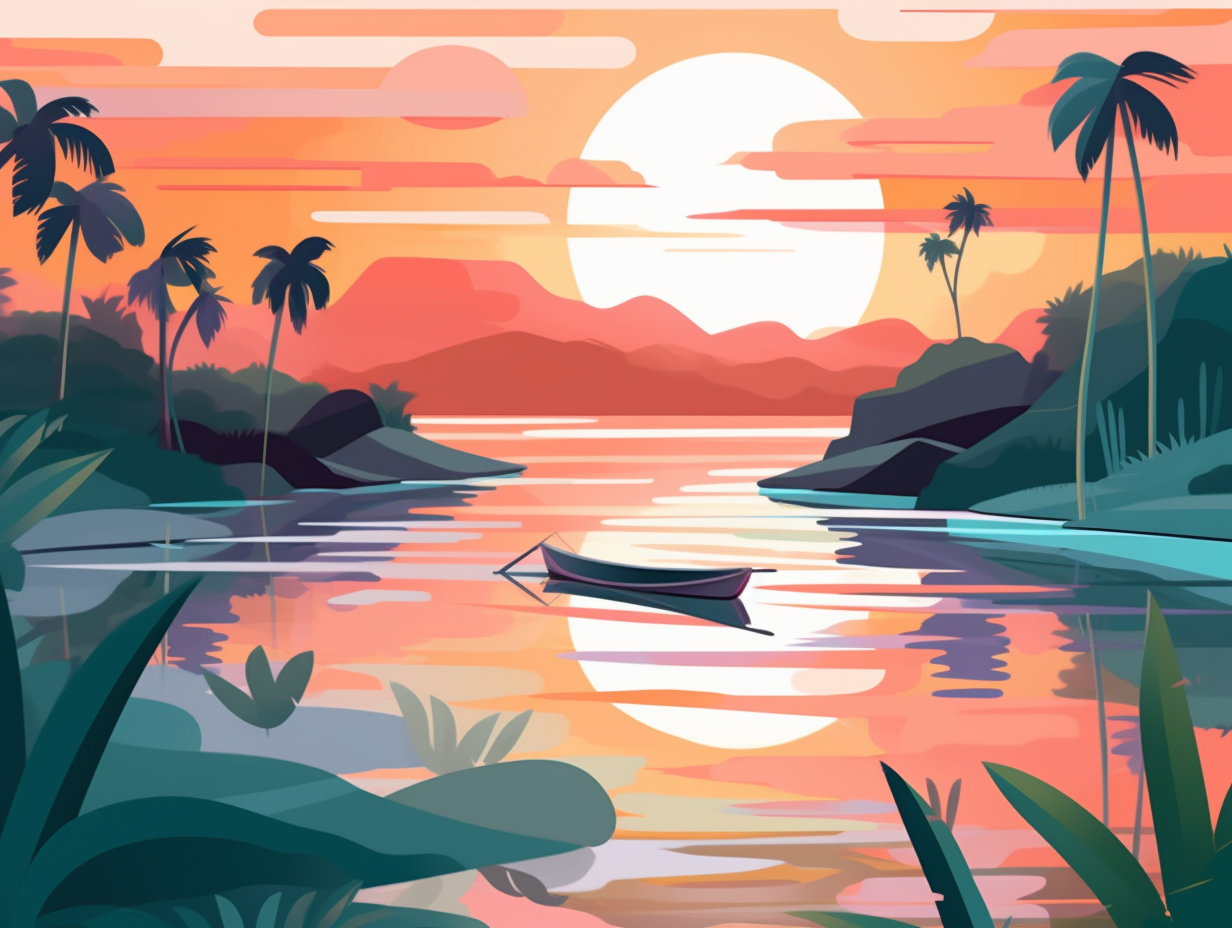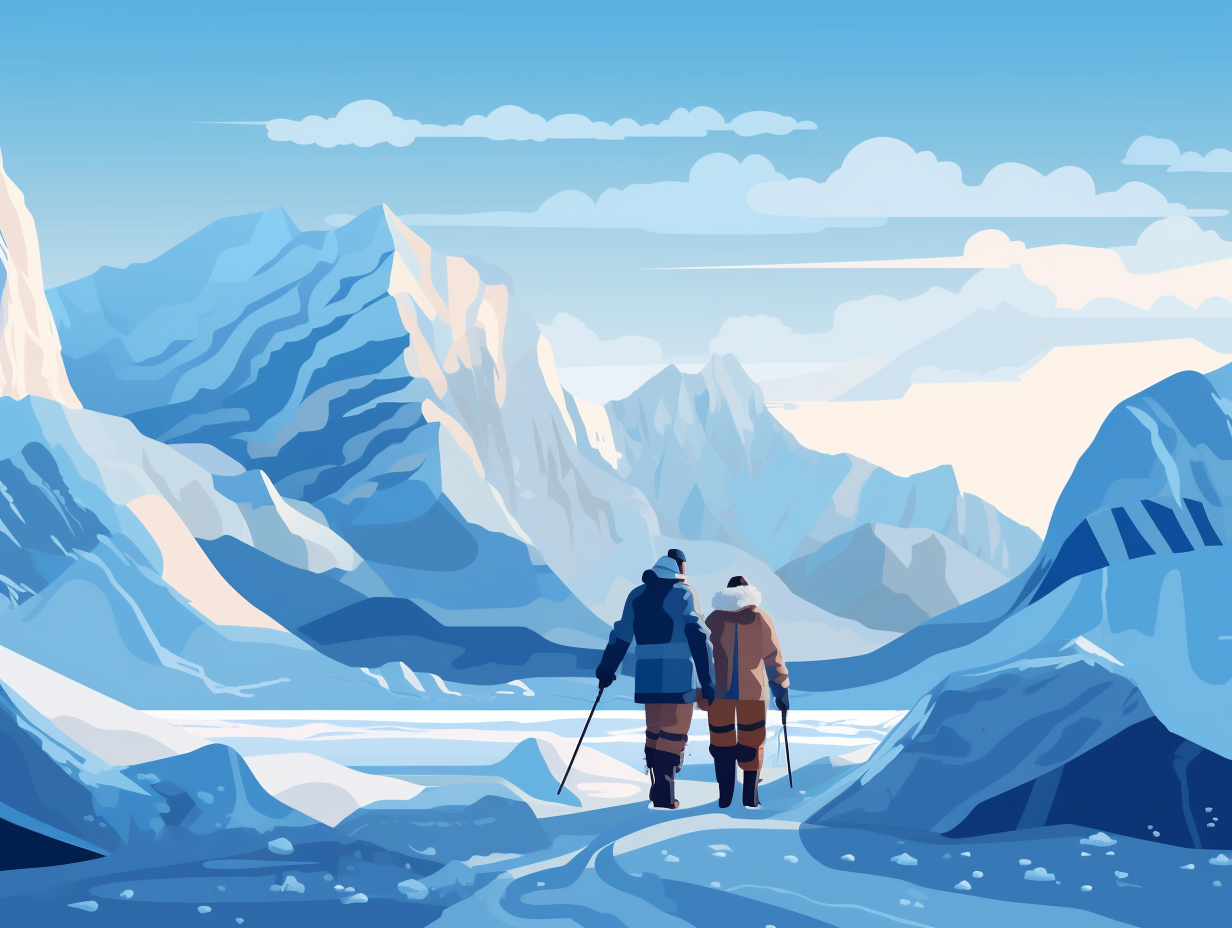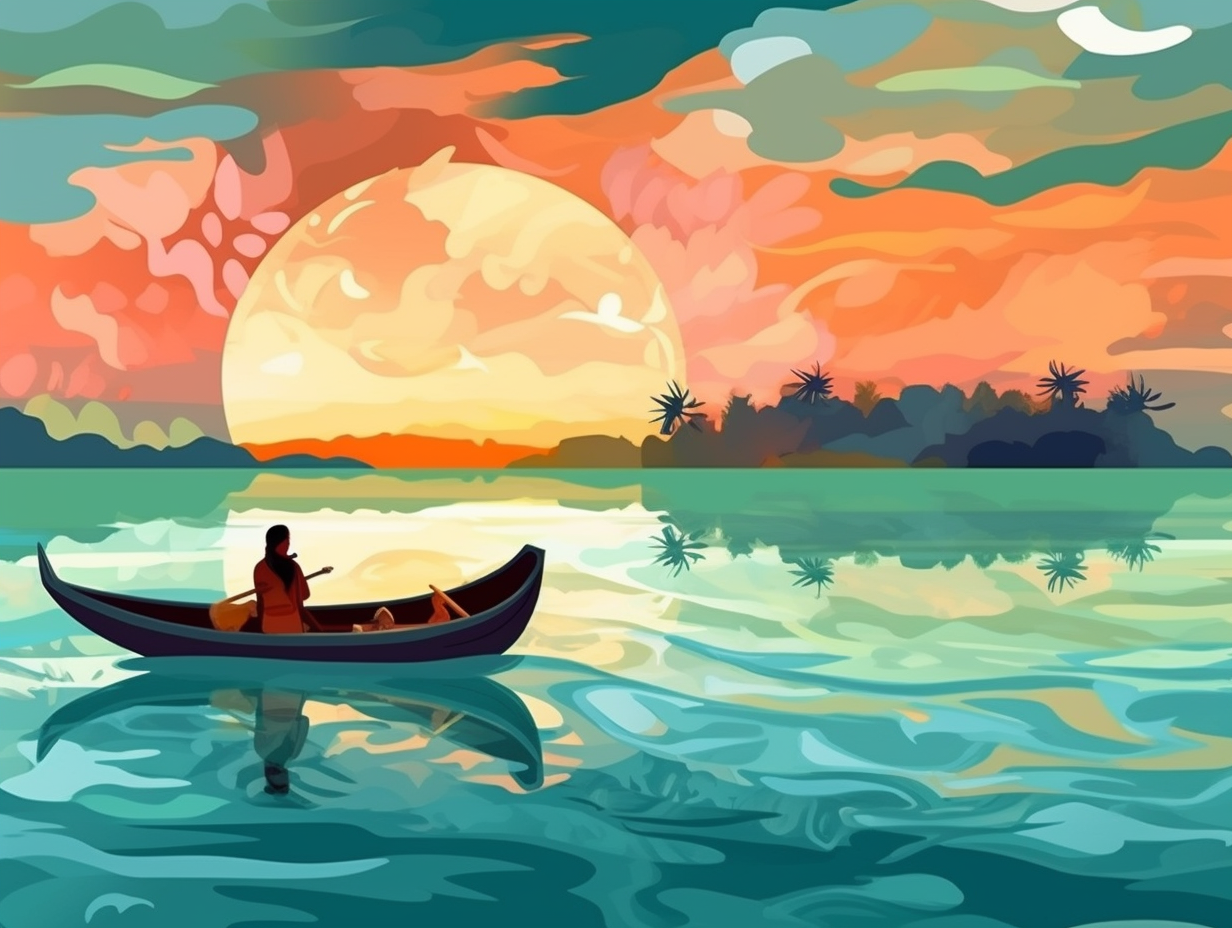Discover Coastal Wonders: Top 11 Fun Facts About the Coastal Region You Need to Know Now!
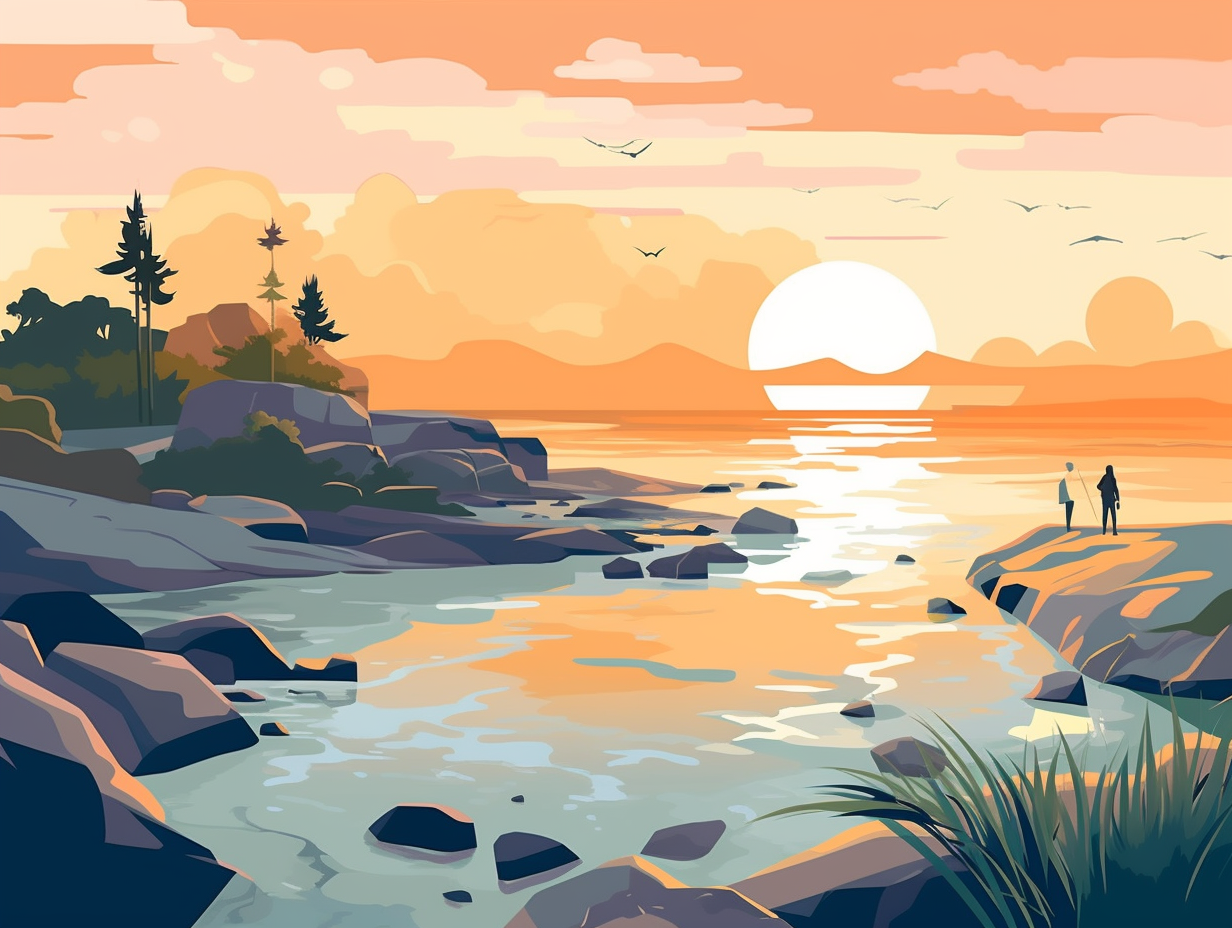
1. Singing Sand Symphony
Who needs instruments when you've got the beach? That's right, folks—Mother Nature's got her own orchestra on the shorelines: Certain types of sand, with round grains between 0.1 and 0.5 mm in diameter consisting of silica, can actually create mesmerizing sounds when moved. This rare serenade, called singing sand, is influenced by humidity levels and wind and wave-driven sand sorting. Across the globe, you may stumble upon sandy symphonies on coastal beaches or even in desert sand dunes!
Source => en.wikipedia.org
2. Nemo's Rave Party
Finding Nemo's ultimate rave party location where the dress code is just as diverse as the guests themselves: The Great Barrier Reef is home to over 1,500 species of fish, around 400 species of coral, 4,000 species of mollusk, and approximately 240 species of birds, making it one of the most impressively varied and colorful natural ecosystems on the planet.
Source => whc.unesco.org

Did you know that there are approximately 1.068 x 10²⁰ grains of sand on Earth's beaches combined? That's 1 billion grains per cubic meter! But here's the twist: the stars in the universe still outnumber those tiny specks by 5 times! Dive into this sandy siesta and explore the astronomical marvels hidden beneath your beach towel. 🏖️🌌
=> Fun Facts about Beaches
3. Underwater Subway City
Who needs trains on tracks when you can have them underwater instead? It's time to dive into the secret life of retired subway cars: Between 2001 and 2010, over 2,500 decommissioned New York City subway cars were cleaned, hollowed out, and sunk off the shores of Georgia, South Carolina, Virginia, Maryland, Delaware, and New Jersey to create artificial reefs that attract more fish than natural ones and even host larger predators like sharks and barracudas. These subway cars now serve as a bustling underwater metropolis for marine life and aid in habitat restoration.
Source => ocean.si.edu
4. Elusive Green Flash
Step aside, Captain Jack Sparrow, and make room for the true star of the seas: the elusive green flash! This vibrant visitor at sunset or sunrise isn't here to steal your treasure – it's simply an optical phenomenon: As the sun dips below a clear, distant horizon, water vapor in the atmosphere plays magician, absorbing yellow and orange colors in white sunlight, and leaving red and blue-green light to travel directly towards the observer, creating a momentary flash of green. Remember, mateys, to only spy for the green flash when the sun is nearly gone to avoid walking your eyesight off the plank.
Source => earthsky.org

5. Microwaves' Maritime Origins
Before kitchen maestros got their hands on the magic food zapper, it was all about makin' meals in a jiffy for the masses aboard the mighty locomotives and seafaring titans: The first microwave ovens were actually designed to rapidly cook large quantities of food in restaurants, railroads, and ships. It took some technological leaps until 1967, when our culinary savior, the compact microwave, danced into our homes at an affordable price, making midnight popcorn and buttery chocolate our everyday delights.
Source => invention.si.edu
6. Horseshoe Crabs' Blue Blood
It's not a tale from Pandora's seabed: as peculiar as it may seem, the blood of horseshoe crabs resembles an avant-garde biotech lab sporting bright blue uniforms. But wait, there's more to these old-school crustaceans with a penchant for saving lives: Their blood contains unique coagulation properties used in developing vaccines and drugs for migraines, melanomas, and even COVID-19. Sadly, their starring role in cutting-edge medicine is harming their populations, leading conservationists to advocate for synthetic alternatives to reduce our reliance on these oceanic superheroes.
Source => washingtonpost.com
7. Deadly Venomous Snails
Who needs an assassin when you have seashells: Within the coastal waters resides the Conus genus, a group of over 500 species of venomous snails that can effortlessly paralyze and potentially kill their prey with just one dose of venom – more than enough to take out multiple humans. Word to the wise, deep-sea divers: Watch those fingers!
Source => ncbi.nlm.nih.gov
8. Chandipur's Vanishing Sea
Who needs a magic carpet when you can simply walk on water at Chandipur Beach? You may not be Aladdin, but at least you'll appear like a modern-day aquatic messiah: At Chandipur Beach in Odisha, India, there's a daily disappearing act of the sea, with waters retreating 2-5 km during ebb tide – giving beach-goers a chance to stroll on the seemingly vanished sea. This quantum sea-leap follows no fixed schedule, prefering to moonwalk in sync with the lunar cycles and ensuring a memorable coastal escapade for all.
Source => timesofindia.indiatimes.com
9. Shrinking Dead Sea
If you're feeling a bit salty, you might want to visit the Dead Sea, the world's largest natural spa, where even the grumpiest of mermaids can't help but float on their backs: However, thanks to the overuse of freshwater sources by Israel, Jordan, and Syria for drinking water and irrigation purposes, the Dead Sea is shrinking faster than Aquaman's patience – nearly 4 feet per year to be precise. In fact, it's now 15% shallower than it was just fifty years ago, and sinkholes have started to form along its receding shoreline, proving that even magical mermaid oases are not immune to the drying effects of human greed.
Source => npr.org
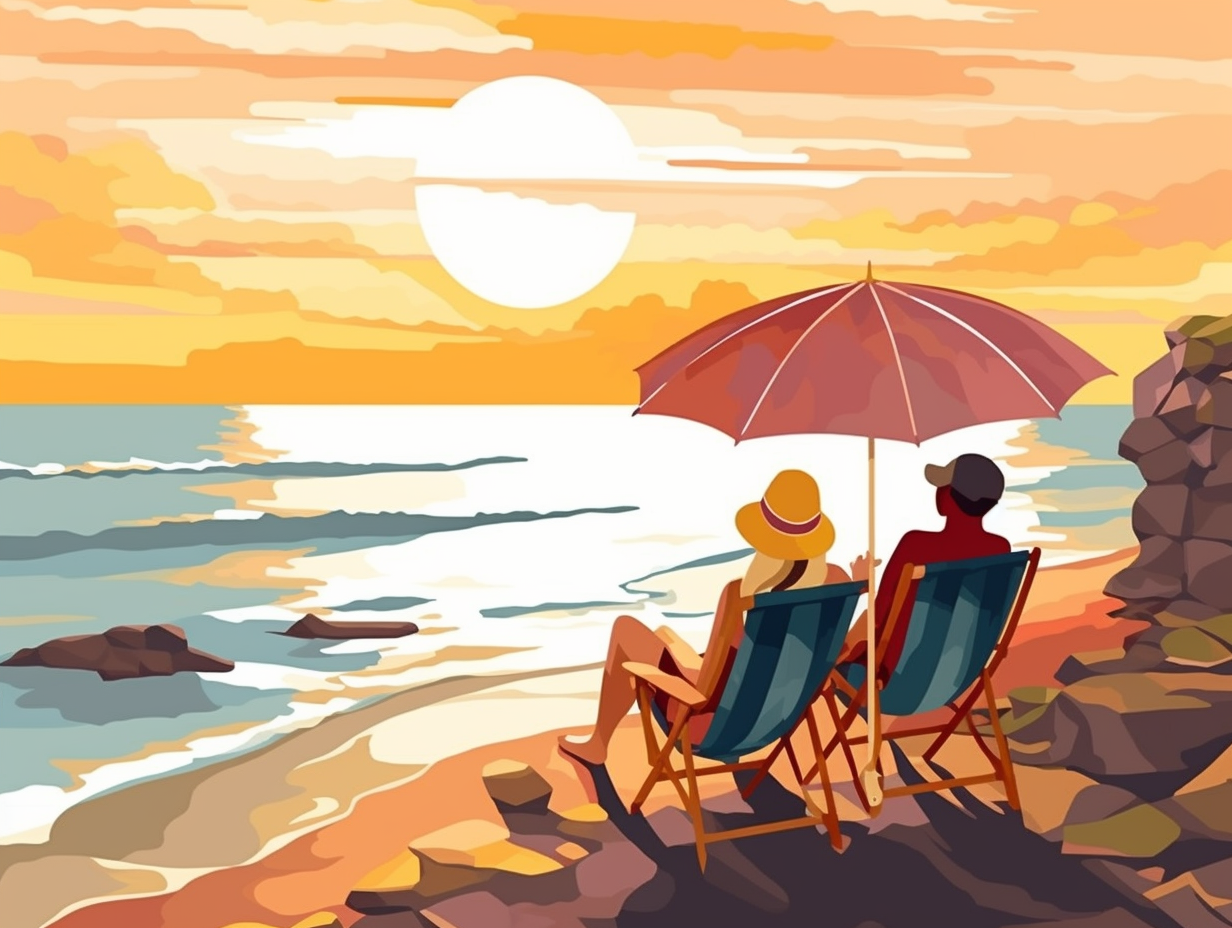
10. Bubbly Creek
Whoever said only champagne could be bubbly clearly never paid a visit to the infamous Bubbly Creek: Once an open sewer for Chicago's meatpacking industries, this section of the South Branch of the Chicago River earned its curious moniker due to the blood, entrails, and other waste combining to produce a rather gaseous concoction. We dare say ol' Upton Sinclair gave the creek its fifteen minutes of infamy in his novel "The Jungle," and now restoration efforts involve literal blasts of fresh air – compressed air, to be precise – in an attempt to bring life back to this morbidly fascinating waterway.
Source => en.wikipedia.org
11. Maldives' Coral Wonderland
Whoever said "home is where the heart is" clearly never visited the Maldives, a stunning archipelago boasting breathtaking beauty that's making hearts skip a beat or two: Comprised entirely of coral islands, the Maldives has 26 atolls dotting the Indian Ocean like nature's bejeweled accessories, hosting over 2,000 species of fish and 187 unique coral varieties, making it a marine wonderland for ecotourists and diving devotees alike.
Source => en.wikipedia.org
Related Fun Facts

